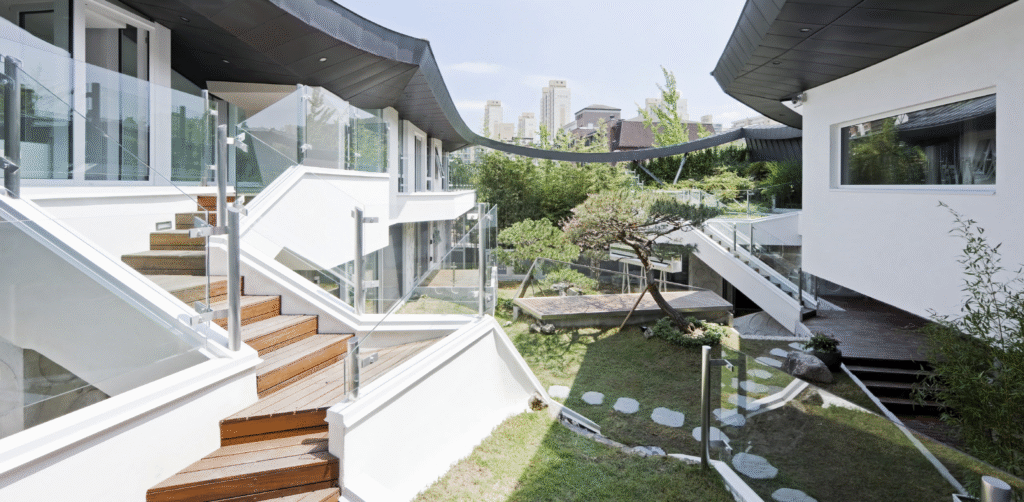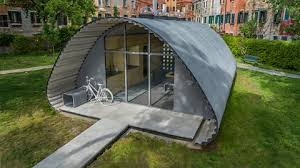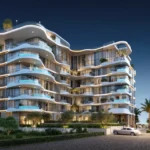Now Reading: Modern Homes: Work-from-Home Culture: 10 Surprising Impacts
-
01
Modern Homes: Work-from-Home Culture: 10 Surprising Impacts
Modern Homes: Work-from-Home Culture: 10 Surprising Impacts

Table of Contents
When the pandemic forced millions of people to stay indoors, homes became more than just living spaces. They turned into offices, schools, gyms, and even entertainment hubs. While many expected remote work to fade away once offices reopened, the reality has been quite the opposite. The work-from-homes (WFH) culture has not only stayed but also grown stronger, leading to a noticeable shift in how homes are designed and built today.
Residential design, once focused mainly on comfort and aesthetics, is now evolving to support productivity, privacy, and flexibility. Architects, interior designers, and homeowners are rethinking spaces to meet the needs of a new generation that values the ability to work from home without sacrificing lifestyle.
The Rise of Hybrid Living
Remote work is no longer just a temporary solution. According to global workplace studies, many companies now allow hybrid schedules, where employees divide their time between home and office. This has created demand for homes that can seamlessly blend professional and personal life.
Open floor plans once dominated modern home design, but now, people are seeking more defined spaces. Homebuyers are asking for dedicated work areas that allow them to stay focused during work hours yet return to a homely atmosphere afterward. In many cases, a spare bedroom is being redesigned as an office, while some homes are being built with small “pocket offices” or studio nooks.
The Home Office Becomes Essential
What used to be a luxury a study or home office has now become a must-have. Real estate developers report that buyers prioritize houses with extra rooms that can serve as offices. Even in apartments where space is limited, clever design solutions are making way for functional work zones.
Some common features include:
- Built-in desks and shelving
- Soundproof walls for video calls
- Natural lighting through large windows
- Ergonomic furniture for long working hours
This shift has also given rise to the concept of multi-purpose rooms. A guest bedroom may double up as an office with foldable furniture, while modular partitions help separate work areas from living zones without major renovations.
Technology-Driven Homes

The digital revolution is another key factor shaping residential design in the WFH era. With remote work relying heavily on fast internet and virtual meetings, homes now require advanced tech infrastructure.
High-speed internet connections, smart lighting, and better acoustics are being integrated into home layouts. Some developers even install pre-wired smart home systems that allow residents to manage lighting, temperature, and security remotely. For those working in creative industries or high-tech jobs, having a reliable home office setup is not just convenient but essential.
Focus on Health and Wellness
While work has moved indoors, so has the need for balance. The blurring of work and personal life has led to stress, so wellness features in residential design are gaining importance. Designers are adding natural elements like indoor plants, open balconies, and larger windows to ensure proper ventilation and light.
Biophilic design, which connects homes to nature, has become a major trend. It not only improves mental well-being but also enhances productivity. Quiet corners for meditation, home gyms, and open terraces are becoming standard in many new residential projects.
Shared Spaces in Apartments

For people living in high-rise apartments or community housing, the WFH culture has also changed how shared spaces are designed. Residential complexes now include co-working lounges, meeting rooms, and quiet libraries for residents who may not have sufficient space at home.
This trend blends the concept of co-working with residential living, allowing people to work close to home while enjoying modern amenities. It also encourages community interaction, making remote work less isolating.
Real Estate Market Shifts
The WFH culture is influencing not just interior design but also the real estate market as a whole. More people are moving away from crowded city centers and choosing suburban or semi-urban locations where they can get larger homes at affordable prices.
Since commuting is no longer a daily concern for many, buyers now prefer spacious houses with gardens, terraces, and additional rooms for work. This shift has boosted property sales in areas that were once considered “too far” from business districts.
Developers are adapting by building mixed-use communities that offer both residential comfort and professional facilities, catering to the new-age workforce.
Future of Residential Design
The work-from-home culture is not a temporary trend but a long-term shift. As technology advances and companies continue to support flexible work arrangements, residential design will evolve even further.
Future homes may include:
- Customizable modular layouts
- Advanced soundproofing systems
- Virtual reality meeting zones
- AI-driven home management systems
The focus will remain on creating living spaces that enhance both productivity and relaxation.
Conclusion
The work-from-home culture has transformed the way we live, work, and design our homes. What began as a necessity during a global crisis has now become a lifestyle choice that is reshaping residential architecture and interiors worldwide.
From dedicated home offices and tech-friendly designs to wellness-focused living and suburban real estate booms, the impact is visible everywhere. As people continue to balance professional and personal life within the same four walls, the demand for homes that cater to this new lifestyle will only grow stronger.
Homes of the future will not just be places to live they will be complete ecosystems that support work, health, and happiness in equal measure.
READ MORE:- Inside the World of Business Acquisitions: Secrets of Corporate Growth 2025



















